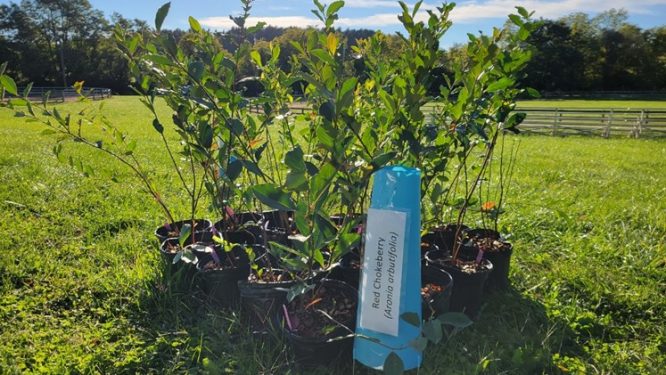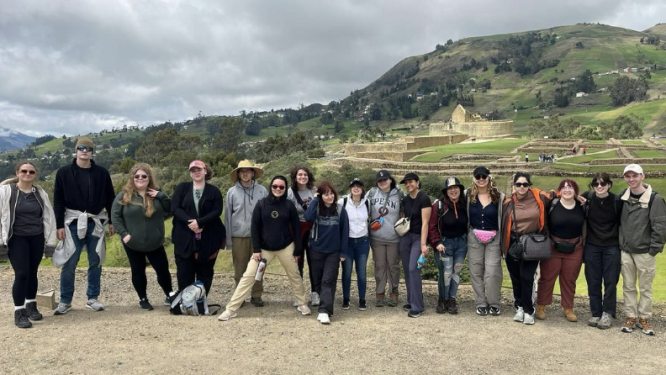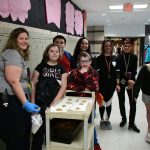After a mild winter, March 1 found faculty and staff of St. Catharine of Siena School in Mount Penn just starting to breathe a sigh of relief about unused snow days and contingency plans they had put in place in case of extended winter absences.
Maybe they wouldn’t be needed after all?
But when the coronavirus crisis led to a governor-mandated 2 week shutdown beginning Monday, March 16 of this week, those contingency plans were needed after all, and were implemented seamlessly.
St. Catharine of Siena School had previously been approved to participate in “Flexible Instruction Days” – a tool made available to schools by 2019 state legislation. Flexible Instruction Days (“FIDs”) are meant to allow schools to educate with alternative methods when certain circumstances (e.g., a disease epidemic, a hazardous weather condition, a law enforcement emergency, the inoperability of school buses or other equipment necessary to the school entity’s operation, damage to a school building, or a temporary circumstance rendering any portion of a school building unfit or unsafe for use) prevent the delivery of instruction in its customary manner or location.
By March, faculty and Staff at St. Catharine of Siena School had started developing and creating online and written packets of lesson plans for the students to use at home in the event of an extended weather absence. So on March 12, when local schools made the initial decision to close for 1-2 days due to the mounting information about the coronavirus, St. Catharine of Siena’s Principal, Marcella Kraycik, made the decision to start rolling out the SCS Flexible Instruction Days Program. On Friday, March 13, while the school was closed to students, faculty and staff finalized five days of FID packets, making them available for pick up by parents, and also scanning and emailing them out to school families and uploading to a new FID page on the school’s website. When the governor’s two week shutdown announcement was made later that day, St. Catharine students already had a plan in place for the first week that would allow for active engagement and learning despite the extended closure.
While the students started a new routine of enrichment and review “schoolwork” at home, faculty and staff got to work right away on week two plans. They also began creating new ways to engage with their students through Zoom sessions, Google Hangouts, Class Dojo pages, frequent family emails, and other online methods, like BrainPop, First in Math, Prodigy, Freckle, Flipgrid, and more. Each teacher has been working remotely to keep up to date with his/her students. As teacher, Mrs. Gretchen Ward said of her first graders whom she emails every few days: “I miss them … . They are so little and probably don’t understand.” Mrs. Suzie Cieniewicz, who teaches eighth grade and also Middle School Accelerated Math, set up a Google Hangout to answer questions directly from her students and encourages them to check in daily to work on math assignments. Middle School Language Arts teacher, Mrs. Jackie Hearing has provided journal prompts for her students to keep them writing and engaged during the closure, and Mrs. Williamson, the school’s second grade teacher, has sent her students cursive practice pages so they won’t lose their brand new penmanship skills.
Mrs. Marcella Kraycik, who, under better circumstances, greets the whole student body every morning in the school cafeteria with live announcements and her signature “air high five” has taken to daily Facebook Live announcements, a practice families report has been a wonderful way to “bring consistency to the craziness.” Some of Mrs. Kraycik’s most recent Air High Five Videos have already received over 1,000 views; reaching far beyond the school’s 250 students and 170 families. Mrs. Kraycik has also taken to Facebook Live to remind the kids to get outside safely, and spend some time away from their screens, and to “STEMIFY” service projects, such as making cards for shut-ins.
While the students are feeling the disruption, they are not the only ones. As Mrs. Kraycik says, “As educators, it’s in your blood to teach and to model ‘you can do this’ behavior. This is not normal for teachers.”
When the students return to school, the goal of SCS’s FID program is to minimize difficulty in transitioning back.
Mrs. Kraycik is confident her team can handle both the disruption and the transition. Her advice to other schools facing similar circumstances: trust your teachers. “This is surreal and we all want to do what is best for our student’s health, safety, and education. Teachers need to be trusted. They know how to differentiate and meet the needs of their students. Trust them to do their jobs. Let them teach. Let them educate. Let them be creative. When given the appropriate freedom good things happen in education for all learning needs. I am hopeful we will do the best we can when trust in our profession prevails.”

Learning packets delivered to doorsteps by SCS faculty and staff during school closures to maintain social distancing.





